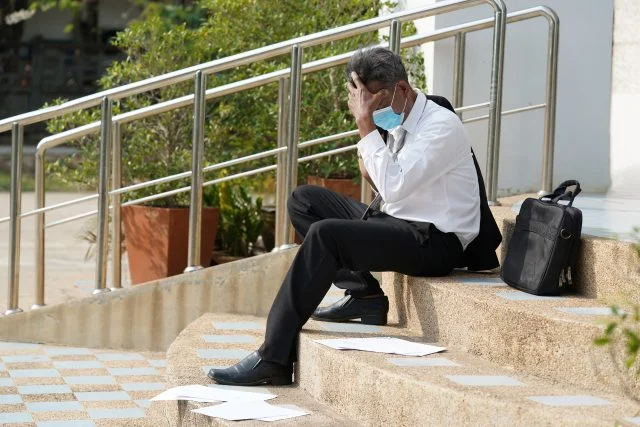Tag: unemployment

During the Great Recession, the record numbers of Americans who applied for disability included many people who lost their jobs – and it might happen again as the COVID-19 recession plays out. A 2018 study estimated that 1 million people applied who would not have done so if there hadn’t been a recession. By October…

There’s COVID-19 stress, and then there’s money stress. The combination of the two is becoming too much for many low-income workers to bear. Two out of three people in families that earn less than $34,000 a year told the U.S. Census Bureau in April that they are “not able to control or stop” their worrying…











